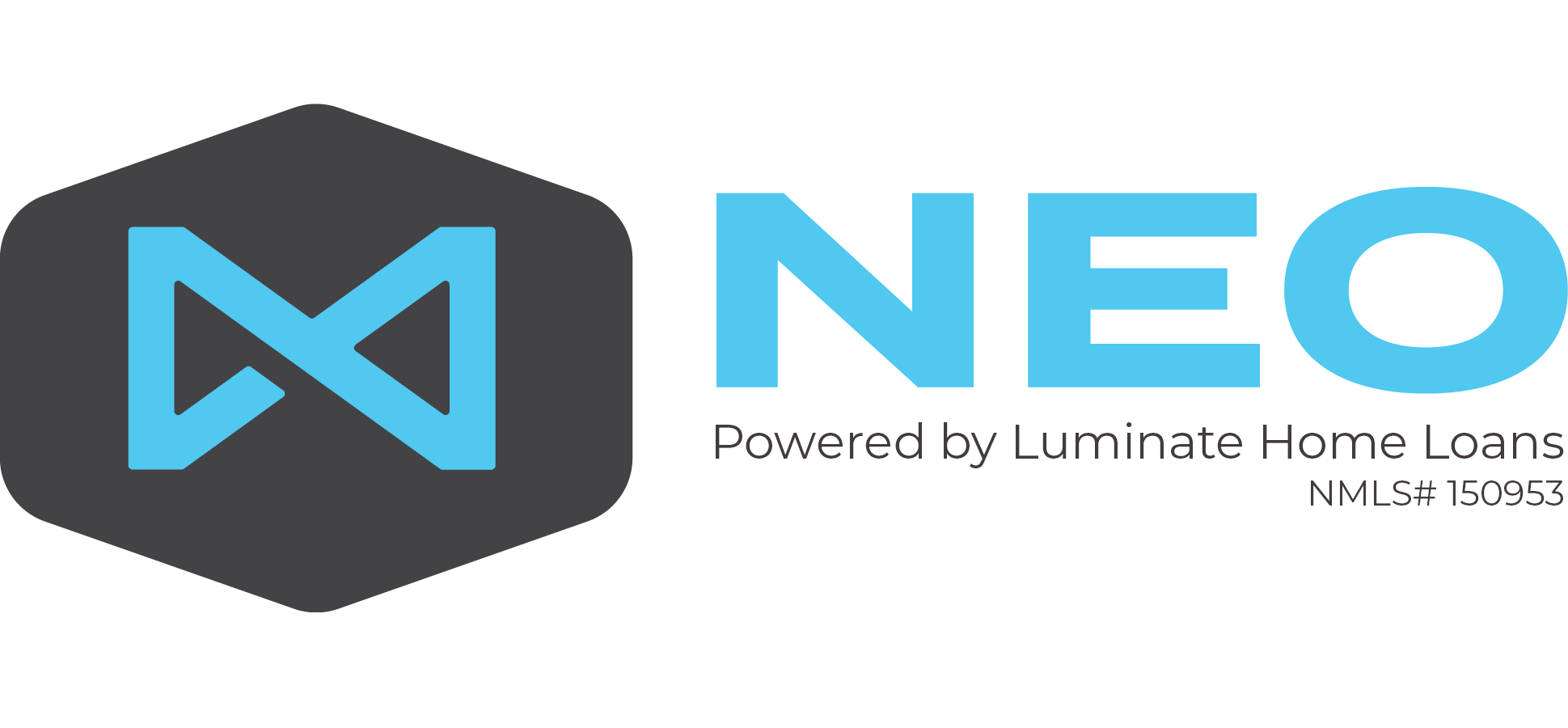Determining what you can afford for a mortgage payment is looked at from two perspectives….your’s and the lender’s. You have your budget, your comfort zone, your expectations. The lender has their rules, their guidelines and possibly exceptions. What should you consider and what does the lender look at when determining if you can afford a mortgage payment?

I recently came across and article, Getting a Loan — How Much Mortgage can You Afford? by Eddie Knoll of the Eddie Mortgage Team in Phoenix, AZ. I found his topic interesting as he discussed three major areas of consideration for affordability of a mortgage: Credit, Income and Debts.
Although I agree with Eddie, I am going to focus primarily on the last two – income and debts. Credit is an animal that should be tackled separately as there are so many moving parts and considerations related to your credit report and credit score. Let’s jump in…
The Housing Ratio
There are two ratios mortgage lenders consider when determining what you can afford. The first ratio we will look at is the housing ratio.
The housing ratio is a simple ratio of the proposed housing payment compared to your gross monthly income.
Before we jump into an example I would like to clarify what goes into the housing payment portion of this ratio. When we are referring to the housing payment (commonly referred to as PITI) we consider the following items:
- Mortgage(s) (all mortgages on the subject property)
- Principal
- Interest
- Property Taxes
- Homeowners Insurance
- Mortgage Insurance
- Home Owners Association (HOA)
That’s it, nothing less, nothing more. We do not consider your trash bill or water bill. We do not factor in the cost of home maintenance, just those items listed above.
Now that we have an understanding of what goes into the housing payments lets look at an example:
Proposed Housing Payment: $1,800/mo (PITI + HOA)
Gross Income (all applicants): $7,500/mo
To calculate our housing ratio we simply take the housing payment of $1,800 and divide it into the gross income of $7,500.
$1,800 / $7,500 = 24%
In this example the resulting ratio is 24%. What does the lender consider acceptable? Well, each loan is a bit different but in general anything around 35% is about right. A ratio under 35% means the housing payment is very affordable. If your ratio happens to be over 35% that does not necessarily mean you can not get approved for such a payment but is one of the factors that will be considered in the overall risk analysis of your mortgage approval.
The Debt Ratio
The second ratio is the debt ratio. The debt ratio is normally the more important of the two ratios.
The debt ratio is the ratio of all debts, including the proposed housing payment, compared to your gross monthly income.
Just like the housing ratio we need to make sure we understand what is considered a “debt”. We simply turn to your credit report. Any debt that appears on your credit report must be factored into your debt calculation. Beyond the credit report we also consider any court ordered obligations such as child support or alimony. Lastly, we must consider any other real estate owned and all obligations related to that home (taxes, insurance, HOA).
Lets expand on the example above with a calculation of the debt ratio:
Proposed Housing Payment: $1,800/mo (PITI + HOA)
Minimum Debt Payments: $1,950/mo
Gross Income (all applicants): $7,500/mo
Calculating our debt ratio is done by adding the proposed housing payment and minimum debt payments and dividing it into your gross income.
($1,800 + $1,950) / $7,500 = 50%
The result of our calculations in our example shows a 50% debt ratio. Ideally, 45% is the target. Just like the housing ratio, just because you exceed 45% does not mean you can not get approved but it is factored in the overall risk analysis for approval. Some loan programs, however, do have a limit of a 45% debt ratio. So, if this were the case for our example, we would need to reduce the proposed housing payment enough to get to 45%. The result would be a maximum housing payment of $1,425.
Your Budget
The lender has done their calculations and has determined what you can afford in a mortgage payment. But that does not mean it is right for you. The lender calculates their ratios to assess risk, not necessarily your ability or comfort range. The lender does not factor in your cost of gas for the commute to work or the cost of child care for your two young children. The lender does not consider that your car keeps breaking down and is in need of constant repair. The lender simply can not do this, but you can!
If you do not already have a budget in place, make one. Consider all of the things the lender is considering (proposed housing payment, debts, etc.) but make sure to consider what the lender is not (income taxes, child care, gas, utilities, etc.). Make sure to make room for entertainment and savings. Most mortgages are a 30 year commitment. Consider any budget cuts you are willing to make to make a home purchase possible but consider those budget cuts may be for 30 years!
Can You Afford a Mortgage Payment?
Ultimately, the decision is yours! Not the lenders. Know where you want to be and see if it lines up with what the lender’s ratio calculations. In most cases, customers are pretty darn close to what the lender says is possible. If not, consider if you need to make any adjustments. But do not feel obligated to make a home purchase that pushes your comfort zone!

